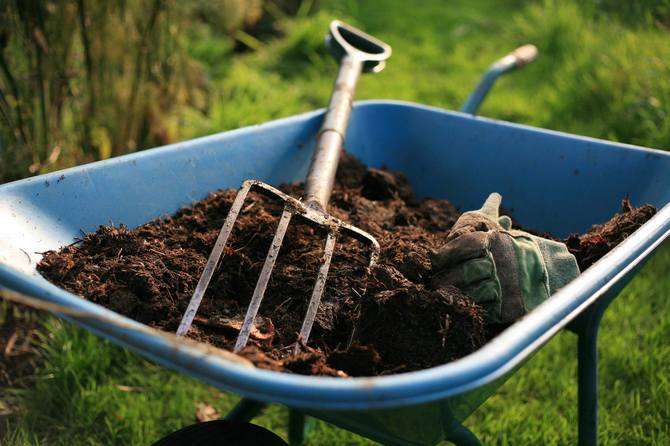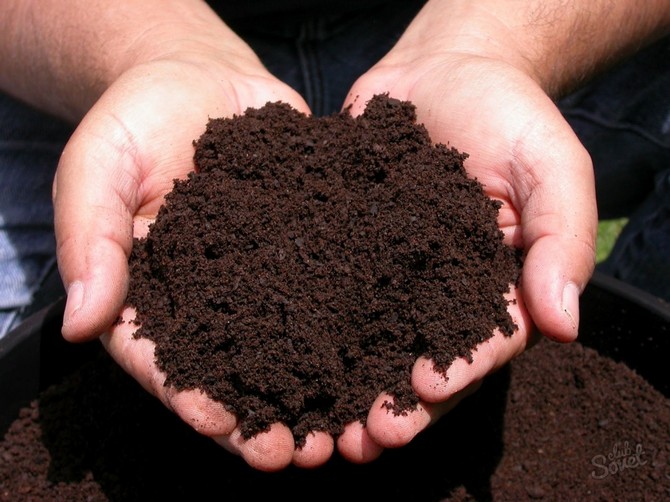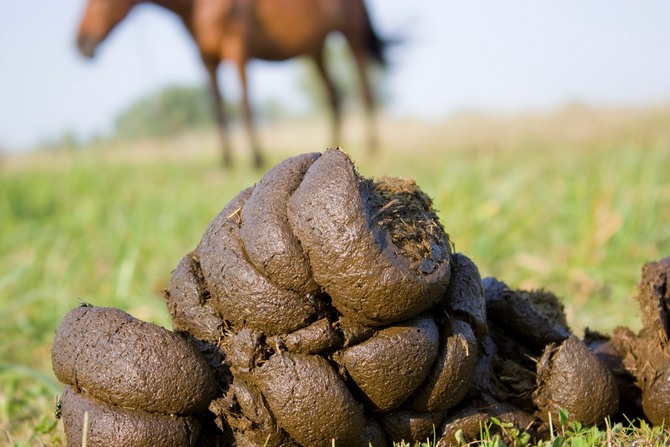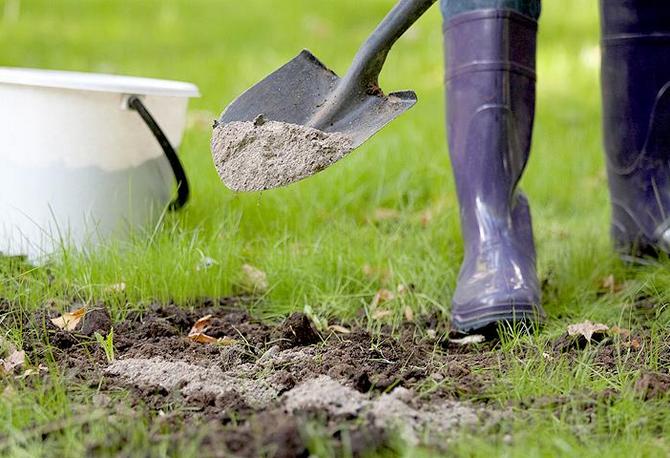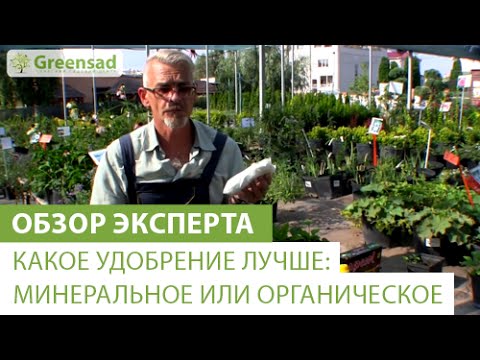Summer residents and gardeners with little experience of working on a land plot, and especially those engaged in organic farming, should know the types and useful properties of natural fertilizers. After all, it is impossible to achieve a good harvest without knowing for sure what is the difference between compost and humus or vermicompost and bird droppings. You need to know where and in what quantities these fertilizers are applied..
Nature has presented a large amount of organic fertilizers – wood ash, sawdust, manure, green manure, humus and herbal infusions. And these are only those types of dressings that are used by our farmers. And in other countries this list is wider. You can add fish emulsion, flour from various herbaceous plants or animal residues, algae-based feed and many others..
Let’s take a closer look at the organic fertilizers used by our summer residents.
Compost
Almost every plot of land has a place for a compost heap. Gardeners during the entire summer season send there all the weeds, various food waste, fallen leaves, branches of trees and shrubs, wood chips and sawdust, as well as paper residues. The more components there are in this heap, the better the compost will be..
At home, compost can be made using drugs purchased in retail chains with effective microorganisms..
Favorable conditions for the maturation of compost are sufficient moisture and heat. To preserve them and maintain the required amount of time, you need to cover the compost heap with a dense opaque film. To speed up the processes and the quickest maturation of the compost, it is recommended to shovel it from time to time or water it with EM preparations..
If the compost heap has matured for 12-18 months or even longer, then the compost is applied in its pure form. A fresher fertilizer must be mixed with the garden soil before use. In pure compost, you can grow a large crop of cucumbers, zucchini or pumpkin.
Bird and rabbit droppings
This organic fertilizer is valuable for its high nitrogen content, easy to store and economical to use. Summer residents do not have to waste time preparing this natural dressing; it can be purchased dry in convenient packaging. In many ways, droppings are superior to cow dung..
The manure is used in its pure form to fertilize the soil during the autumn digging of the beds. But more often it is used for the preparation of liquid fertilizers. Litter-based top dressing is prepared from 10 parts of water and 1 part of droppings. This infusion must be kept in a warm place for 24 hours, and then water is added (for each part of the infusion – 5 parts of water) and used when watering crops.
Sawdust
Experienced gardeners recommend using sawdust when growing garlic, but for many other vegetable plants this wood fertilizer will be a real find in the beds. They not only feed the soil, but also make it loose, which provides good air exchange for plants..
It is recommended to use only rotted sawdust. The overheating method that was used for compost is absolutely inappropriate here. If you leave a bunch of sawdust for a long time, then they will no longer be a useful top dressing, as they will sour without oxygen..
Ordinary grass will contribute to the rapid decay process. Any herbaceous waste is added to sawdust, mixed thoroughly and slightly moistened. The finished mixture should be put in dense plastic bags (opaque) and left for about a month to re-heat..
Over-matured sawdust is an excellent natural fertilizer that is added to the beds when digging, and is also used as a mulch layer in areas with vegetable and berry crops.
Manure
You can use horse or cow manure to prepare fertilizer. Cow dung mixed with a small amount of hay, straw and feed residues is called dung. It contains a large number of useful elements and trace elements – nitrogen, potassium, magnesium, phosphorus, calcium. It is recommended to apply such fertilizer to the soil during the period of active growth of various crops..
Manure is used fresh and rotted. Raspberry bushes are mulched with fresh manure and added to warm beds. There is an opinion among summer residents that plants can be “burned” with manure, therefore it is recommended to use rotted manure for fertilizing. From the rotted mullein, liquid dressings are prepared in the form of infusions, and they are also introduced into the soil during the autumn digging.
Manure is not only a storehouse of nutrients that enrich the land, but also a habitat for beneficial earthworms and many other microorganisms. They make the soil in the beds porous, water and air permeable.
It is customary to fertilize the main vegetable crops with specially prepared mullein infusion. Add 2 parts of water to one part of manure, mix and leave to infuse for 7-8 days. The finished concentrate can be stored for some time. It must be diluted immediately before use in different proportions, which depend on the type of fertilizer and crop.
The disadvantage of this top dressing is the high purchase price and the saturation with seeds of weed plants that will pollute the beds..
Biohumus
Most supporters of organic farming consider biohumus to be the most valuable natural supplement. So it is customary to call humus treated with earthworms, compost or mullein. Its large amount of nutrients contains one of the important components – humic acid. It is she who contributes to the rapid renewal and improvement of soil fertility. This fertilizer can be used to feed almost all types of plants. Specialized stores offer to purchase vermicompost in the form of a concentrated liquid or in dry form.
Wood ash
This natural fertilizer contains a large amount of potassium, boron, phosphorus and manganese. In organic farming, he has no equal. Most often, the soil is fed with wood ash, but the most valuable is the ash obtained after burning straw. The quality and composition of ash depends on the combustion product – its type and age.
For example, using waste from deciduous trees, the ash will contain more nutrients than using conifers. Ash from old rotten tree trunks and branches will contain several times less useful elements than young plants.
Ash is used both in pure form and as part of various organic dressings. In the compost heap, it is recommended to sprinkle the remains of plants with wood ash. In complex fertilizers, ash is mixed with poultry manure or cow dung. Ash is also present in many recipes for herbal infusions for watering and spraying..
Wood ash is used to feed many vegetable crops, as well as to protect plants from pests and various infectious diseases. On the basis of ash, liquid fertilizers, solutions for preventive spraying are prepared and dusting of young seedlings and adult plants is carried out. Crops such as bell peppers, potatoes and tomatoes react actively to ash additives. Only carrots have a negative attitude to this organic fertilizer..
Humus
Compost or cow dung that has matured for two or more years is called humus. All plant residues during this time rotted and turned into a loose substance of dark color, smelling of fresh earth. Humus is an exemplary natural supplement for all plants, it has no negative qualities..
No soil mixture is complete without this fertilizer in its composition. It is used in open and closed beds, in greenhouses and indoors. Humus is an important component of the soil for indoor flowers, vegetables and berry crops..
Fertilizers based on herbaceous plants, as well as numerous siderates.

